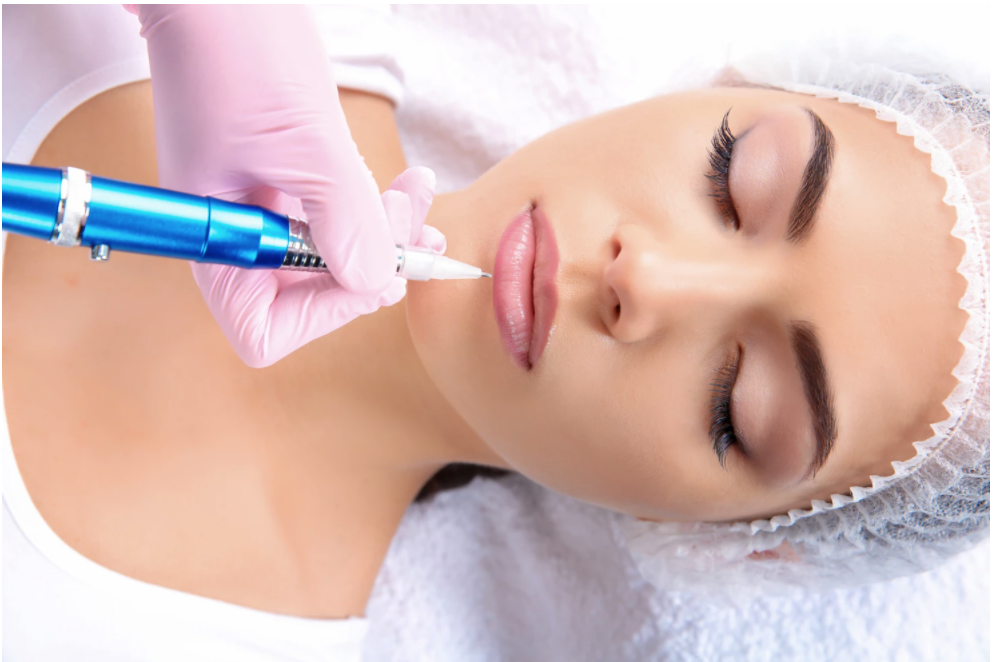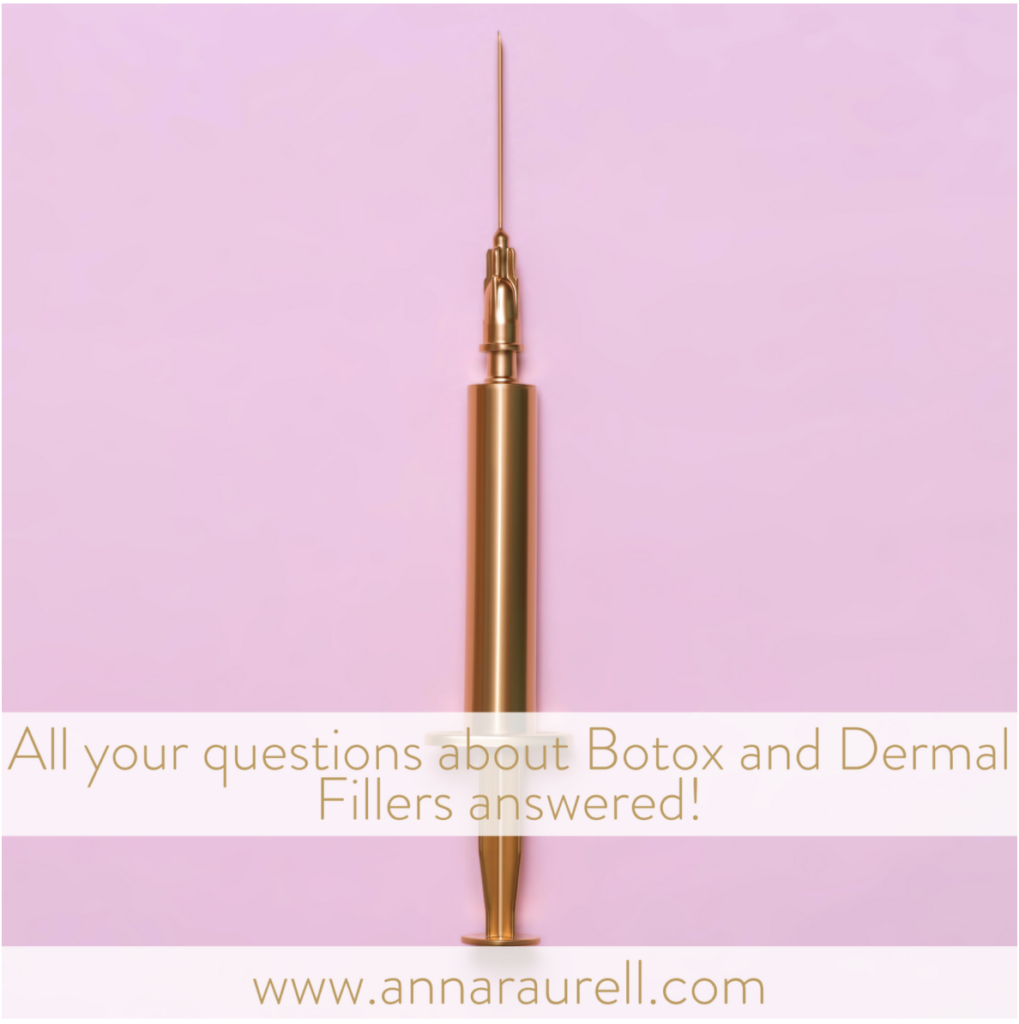
Skin filler is soft tissue filler injected into the skin to give an unwrinkled appearance. They can treat skin that has been affected by ageing or sun damage. They can be made from a diverse range of materials; this is usually dependent on whether the patient requires a temporary or permanent look. Skin filler can also be used to make cheeks and lips more defined.
Contrary to popular belief, skin filler is different to botox. Botox freezes the small muscles in the face from producing wrinkles whereas skin filler aims to smooth out the wrinkle from beneath it.
It is important that you have them done in a reputable practice, ideally by a BAPRAS recognised surgeon. This is advised as receiving skin filler from someone who is not medically trained can be very dangerous and lead to serious complications. In the UK, it is hard to regulate the large numbers of people administering skin fillers.
Despite that, skin filler is very popular in the UK and can be a very safe procedure with rewarding results. As mentioned earlier, there are many different types of skin filler and your consultant will be able to advise you correctly. Here are some of the popular ones…
Hyaluronic Acid – These are very safe and common in the UK. They can be applied to different thicknesses of wrinkles or fine lines. These fillers last from six to 12 months.
Calcium Hydroxylapatite – Lasting up to 18 months, this type of filler is used for facial sculpting, not on the lips. It is used worldwide and is a reputable option.
Collagen fillers – Collagen, a protein in the body responsible for strength and elasticity of the skin, helps keep skin young and plump. Collagen fillers can improve wrinkles and thickness. Effects last three to four months.
There are other types of fillers, which produce much longer-lasting effects. However, these have a higher chance of complications. It is best to try shorter-lasting fillers so individuals can get an idea of the results fillers produce.
Treatment
The procedure is very straightforward and minimal discomfort is involved. Once the individual is comfortable, a local anaesthetic cream or injection is applied. Then, the surgeon will inject a series of small needles into the designated area. The treatment can take up to an hour but usually, it is less. Following the treatment, it is common to have a bit of redness, itching and bruising for a couple of days.
As with any procedure, there are risks. With skin fillers, risks can include allergic reaction, infection and small lumps under the skin.
These risks make it vital to have the procedure in a practice that will ensure a high duty of care and easy, available follow-up appointments.
This article is intended to inform and give insight but not treat, diagnose or replace the advice of a doctor. Always seek medical advice with any questions regarding a medical condition.




